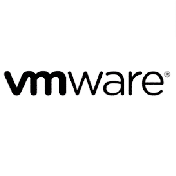Inhalt des Trainings
The Managing HPE 3PAR StoreServ II course is designed for the experienced HPE 3PAR administrator. The goal of the class is to acquaint the 3PAR administrator with additional topics and features of the HPE 3PAR array. The class is intended to be a follow-up to the Managing HPE 3PAR StoreServ I course.
This training reflects the newest release of the HPE 3PAR OS: 3.3.1. The course is approximately 60% lecture and 40% hands-on labs using HPE 3PAR arrays.
At the conclusion of this course the student should be able to:
- Work with Dynamic Optimization to change volumes characteristics (media type, raid level, etc.)
- Work with Adaptive Optimization to implement virtual volume tiering to save storage costs
- Work with Priority Optimization to prioritize higher priority workloads over lower priority workloads
- Use Remote Copy to replicate data between arrays
- Understand the Peer Persistence high availability feature when used in conjunction with Remote Copy
- Migrate data between arrays using Peer Motion in a Storage Federation
Microsoft
Microsoft Office
ITIL
Red Hat
Cisco
 VMware
VMwareCitrix
Unix Linux
Amazon AWS
 Oracle
OracleAutoCAD
IBM
Hewlett Packard Enterprise (HPE)
Google
Salesforce
AI – Artificial Intelligence
Automatisierung
Cloud Computing
Grafik
IT-Management
Development
Security
Netzwerk
Data Science
Soft Skills
Video Based Trainings
Nachhaltigkeit
